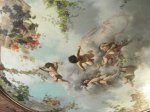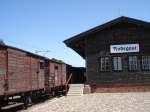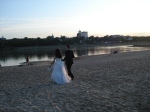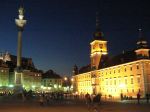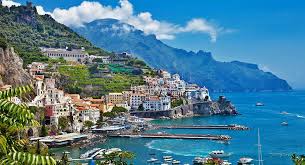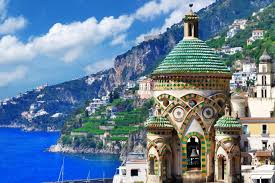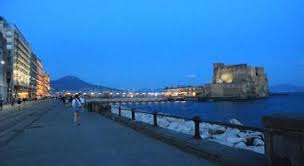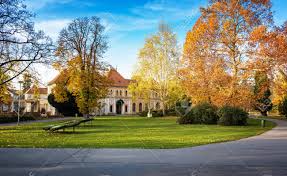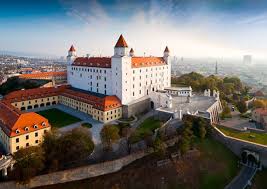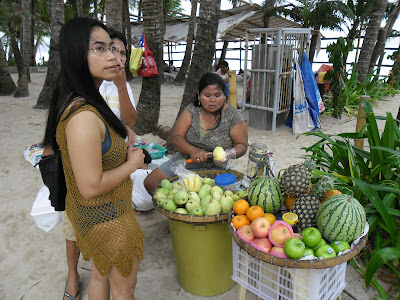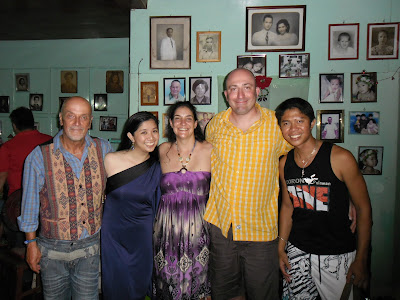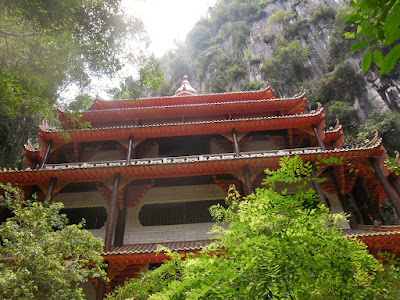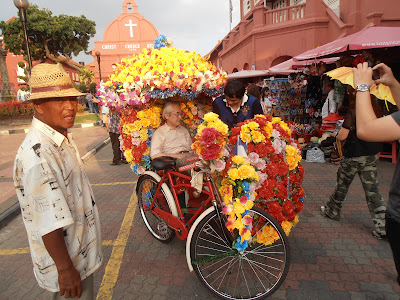dopo la visita dell’anno scorso in Polonia meridionale, ritorno in questo bel paese sulla rotta delle Repubbliche Baltiche. Arrivo a Lodz con volo Ryanair e mi fermo solo due giorni per visitare questa bella città, terza in ordine di grandezza in Polonia dopo la capitale Varsavia ed il porto di Danzica. Lodz è un’importante città industriale, culturale essendo sede di un’importante università e della scuola di cinema del paese. Ha la lunga pedonale più lunga del mondo, la Piotrkowska di ben 5 km e un nuovo shopping center favoloso, Manufactura, ricavato all’interno dell’area industriale sede di una fabbrica di tessuti rimasta in attività per quasi due secoli e di proprietà del ricco industriale ebreo Poznanski che diede lavoro a migliaia di operai nell’ottocento quando la città divenne uno dei maggiori poli industriali europei, attirando lavoratori da tutto il paese e anche dall’estero. La città era abitata da tedeschi, polacchi e molti ebrei che purtroppo qui abitarono nel più grande ghetto ebraico durante le tristi vicende della seconda guerra mondiale. Ben oltre 200.000 persero la vita, inviati dalla locale stazione ferroviaria su carri bestiame nei campi di sterminio. Lodz possiede anche il più grande cimitero ebraico d’Europa ed una bella sinagoga all’ingresso del medesimo, migliaia di tombe fra le quali l’impressionante capella funeraria del suddetto Poznanski che lasciò alla città il suo bel palazzo, oggi sede di un prestigioso teatro. Lodz è una piacevole città che consiglio di visitare in bicicletta datele distanze della via centrale e dei siti sopra citati, cui aggiungerei il giardino botanico nei pressi del museo del cinema, appena fuori dal centro. VARSAVIA la bella ed elegantissima capitale polacca fu completamente rasa al suolo dai nazisti durante la seconda guerra mondiale, ma fu ricostruita completamente secondo le foto conservate del modello originale. Questo fatto le procura parecchi detrattori, ma invece trovo molto bella questa città da 3 milioni di abitanti, con un centro storico protetto e inserito nella lista UNESCO dei siti dell’umanità, con un centro storico che è un gioiellino, col suo Rynek, la piazza del mercato con bei ristoranti e bar al centro e palazzi con facciate antiche e molto belle ai lati. Anche la piazza enorme del castello o palazzo reale è veramente impressionante come pure tutta l’area circostante con un vialone che annovera un paio di chiese molto belle e importanti, l’università, un prestigioso hotel, il museo della scienza e tecnica con la statua del famoso scienziato Niccolò Copernico, cui la capitale ha dedicato un museo recentemente aperto sulle sponde della Vistola, il fiume che attraversa la bella capitale e che la separa da Praga, la città di fronte che annovera un interessante mercatino, una bella chiesa ortodossa e parecchi palazzi dell’epoca sovietica. Varsavia possiede forse il più bel palazzo regalato alla città dai russi durante la lunga e opprimente dominazione, un colosso che ospita la Casa della cultura e scienza e che oggi è circondato da grattacieli avveneristici, sede di hotels internazionali ed altri di multinazionali. Ma il gioiello è il parco Lazienki col suo prezioso Palazzo sull’Acqua, delizioso per la locazione in mezzo ad un lago e canale circondato dal verde e da un teatro in marmo all’aperto. Nello stesso bellissimo parco si trova il romantico monumento dedicato a Frederic Chopin, il grande pianista polacco cui la città ha dedicato un altro museo digitale recentemente aperto in centro, un altro palazzetto museo e nell’angolo nord il palazzo presidenziale con vista sul parco. Nei pressi della Vistola vi sono il gigantesco stadio della squadra locale il Legia e oltre il fiume il nuovo stadio in costruzione che ospiterà il campionato europeo di calcio nel 2012 che si terrà in Polonia e Ucraina. Lungo la Vistola da una parte ci sono alcune spiagge e locali che accolgono i bagnanti mentre dall’altra una scalinata a gradoni dove i cittadini vengono la sera ad assistere al tramonto e a pescare. Nei pressi vi è una bella e grande fontana con spettacolari giochi d’acqua che raccoglie soprattutto la gioventù locale che lancia in aria dei palloni sospinti da un propellente a gas che li sospinge in alto creando dei giochi suggestivi e romantici all’imbrunire che qui arriva verso le 22.00 Insomma due belle città da visitare prima che le frotte di turisti occidentali si accorgano della loro bellezza e convenienza, dato che i prezzi sono circa la metà e anche meno di quelli dei paesi occidentali.
-
Articoli recenti
Commenti recenti
Pietro Iannello su ROMANIA – 2010 vinko66 su POLONIA – Lodz e Va… Idi su POLONIA – Lodz e Va… Idi su POLONIA – Lodz e Va… Mr WordPress su Ciao mondo!! Archivi
Categorie
Meta












